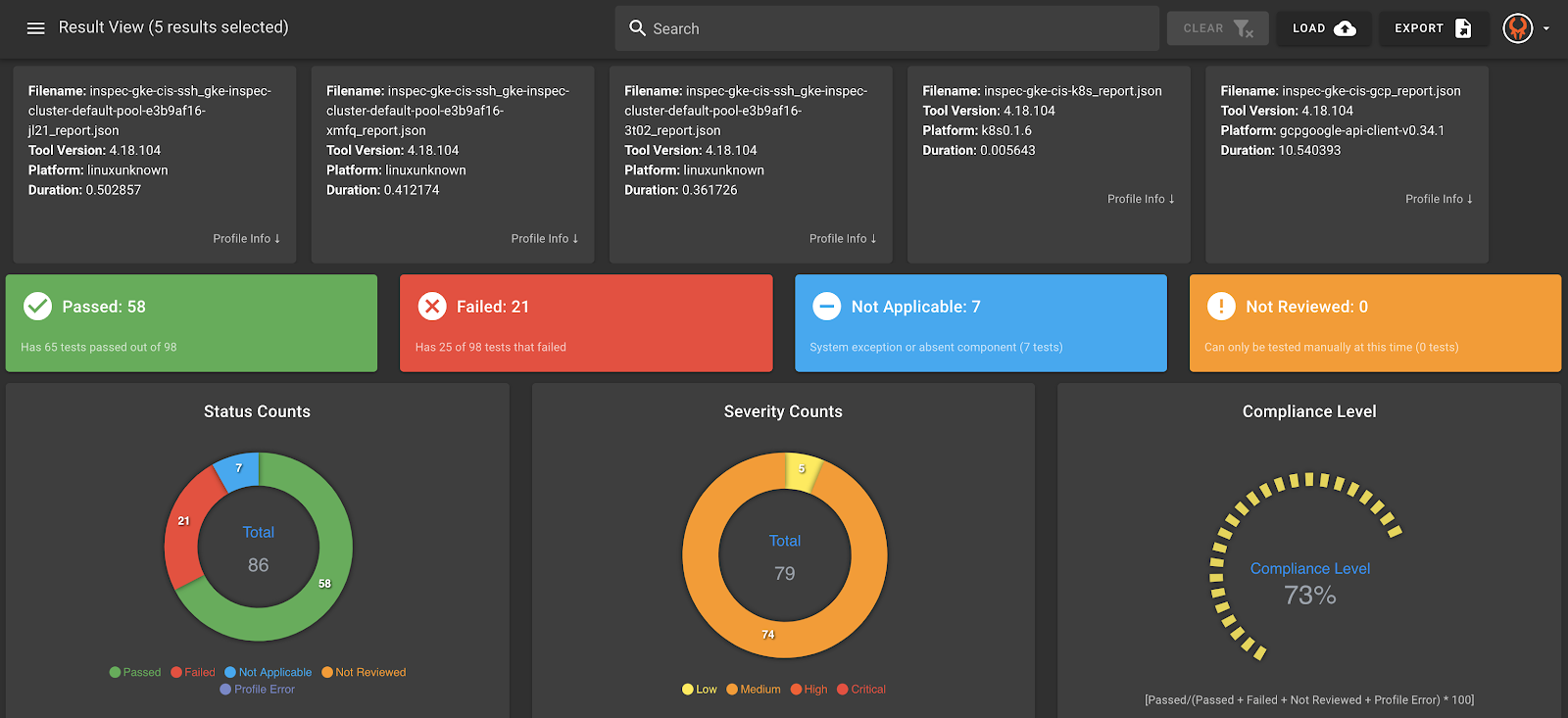The world is rapidly embracing the power of AI/ML, from training cutting-edge foundation models to deploying intelligent applications at scale. As these workloads become more sophisticated and demanding, the infrastructure required to support them must evolve. Kubernetes has emerged as the standard for container orchestration, but AI/ML introduces unique challenges that push traditional infrastructure to its limits.
AI training jobs often require massive scale, needing to coordinate thousands of specialized hardware like GPUs and TPUs. Reliability is critical, as failures can be costly for long running, large-scale training jobs. Efficient resource sharing across teams and workloads is essential given the expense of accelerators. Furthermore, deploying and scaling AI models for inference demands low latency and faster startup times for large container images and models.
At Google, we are deeply invested in the AI/ML revolution. This is why we are doubling down on our commitment to advancing Kubernetes as the foundational open standard for these workloads. Our strategy centers on evolving the core Kubernetes platform to meet the needs of the "next trillion core hours," specifically focusing on batch and AI/ML. We then bring these advancements, alongside enterprise-grade management and optimizations, to users through Google Kubernetes Engine (GKE).
Here's how we are transforming Kubernetes and GKE:
Redefining Kubernetes' relationship with specialized hardware
Kubernetes was initially designed for more uniform CPU compute. The surge of AI/ML brought new requirements for seamless integration and efficient management of expensive, sparse, and diverse accelerators. To support these new demands, Google has been a key investor in upstream Kubernetes to offer robust support for a diverse portfolio of the latest accelerators, including multiple generations of TPUs and a wide range of NVIDIA GPUs.
A core Kubernetes enhancement driven by Google and the community to better support AI/ML workloads is Dynamic Resource Allocation (DRA). This framework, developed in the heart of Kubernetes, provides a more flexible and extensible way for workloads to request and consume specialized hardware resources beyond traditional CPU and memory, which is crucial for efficiently managing accelerators. Building on such foundational open-source capabilities, GKE can then offer features like Custom Compute Classes, which improve the obtainability of these resources through intelligent fallback priorities across different capacity types like reservations, on-demand, and Spot instances. Google's active contributions to advanced resource management and scheduling capabilities within the Kubernetes community ensure that the platform evolves to meet the sophisticated demands of AI/ML, making efficient use of these specialized hardware resources more broadly accessible.
Unlocking scale and reliability
AI/ML workloads demand unprecedented scale and have new failure modes compared to traditional applications. GKE is built to handle this, supporting up to 65,000 nodes in a single cluster. We've demonstrated the ability to run the largest publicly announced training jobs, coordinating 50,000 TPU chips with near-ideal scaling efficiency.Critically, we are enhancing core Kubernetes capabilities to support the scale and reliability needed for AI/ML. For instance, to better manage distributed AI workloads like serving large models split across multiple hosts, Google has been instrumental in developing features like JobSet (emerging from earlier concepts like LeaderWorkerSet) within the Kubernetes community (SIG Apps). This provides robust orchestration for co-scheduled, interdependent groups of Pods. We are also actively working upstream to improve Kubernetes reliability and stability through initiatives like Production Readiness Reviews, promoting safer upgrade paths, and enhancing etcd stability for the benefit of all Kubernetes users.
Optimizing Kubernetes performance for efficient inference
Low-latency and cost-efficient inference is critical for AI applications. For serving, the GKE Inference Gateway routes requests based on model server metrics like KVCache utilization and pending queue length, reducing serving costs by up to 30% and tail latency by 60% compared to traditional load balancing. We've even achieved vLLM fungibility across TPUs and GPUs, allowing users to serve the same model on either accelerator without incremental effort.
To address slow startup times for large AI/ML container images (often 20GB+), GKE offers rapid scale-out features. Secondary boot disks allow preloading container images and data, resulting in up to 29x faster container mounting time. GCS FUSE enables streaming data directly from Cloud Storage, leading to faster model load times. Furthermore, GKE Inference Quickstart provides data-driven, optimized Kubernetes deployment configurations, saving extensive benchmarking effort and enabling up to 30% lower cost, 60% lower tail latency, and 40% higher throughput.
Simplifying the Kubernetes experience and enhancing observability for AI/ML
We understand that data scientists and ML researchers may not be Kubernetes experts. Google aims to simplify the setup and management of AI-optimized Kubernetes clusters. This includes contributions to Kubernetes usability efforts and SIG-Usability. Managed offerings like GKE provide multiple paths to set up AI-optimized environments, from default configurations to customizable blueprints. Offerings like GKE Autopilot further abstract away infrastructure management, aiming for the ease of use that benefits all users.
Ensuring visibility into AI/ML workloads is paramount. Google actively supports and contributes to the integration of standard open-source observability tools within the Kubernetes ecosystem, such as Prometheus, Grafana, and OpenTelemetry. Building on this open foundation, GKE then provides enhanced, out-of-the-box observability integrated with popular AI frameworks & tools, including specific insights into workload startup latency and end-to-end tracing.
Looking ahead: continued investment in Open Source Kubernetes for AI/ML
The transformation continues. Our roadmap includes exciting developments in upstream Kubernetes for easily deploying and managing large-scale clusters, support for new GPU & TPU generations integrated through open-source mechanisms, and continued community-driven innovations in fast startup, reliability, and ease of use for AI/ML workloads.
Google is committed to making Kubernetes the premier open-source platform for AI/ML, pushing the boundaries of scale, performance, and efficiency while maintaining stability and ease of use. By driving innovation in core Kubernetes and building powerful, deeply integrated capabilities in our managed offering, GKE, we are empowering organizations to accelerate their AI/ML initiatives and unlock the next generation of intelligent applications built on an open foundation.
Come explore the possibilities with Kubernetes and GKE for your AI/ML workloads!
By







